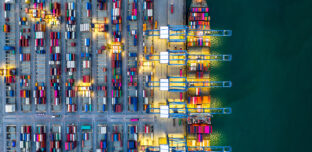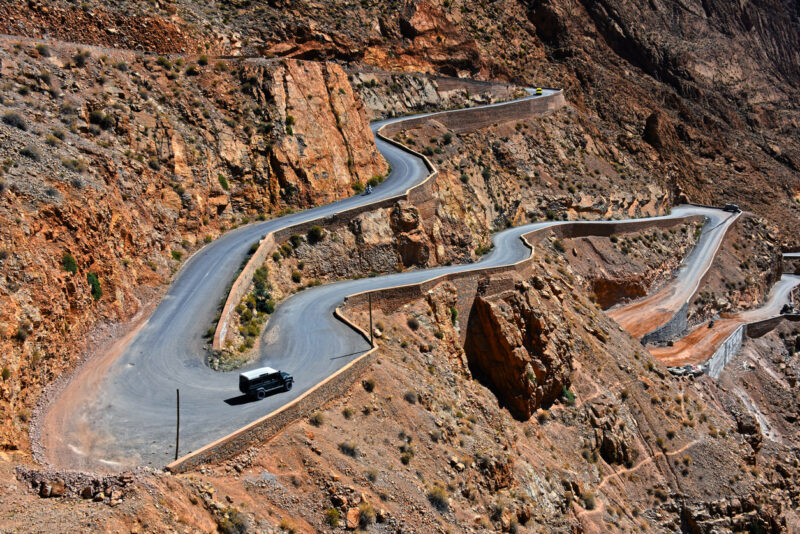By Olivier Barbeau,
Managing Partner, Moore Johannesburg
On my frequent travels to mining hotspots like Zimbabwe, Zambia, and the Democratic Republic of the Congo, the pervasive influence of China is unmistakable. From billboards to construction hoardings, consumer products to store fronts, Chinese characters are a common sight, reflecting the deep economic ties fostered through numerous infrastructure projects.
These visual markers, initially prominent only in the capital cities, have now become familiar across numerous cities and towns throughout the region. However, the communities associated with these advertisements have diversified. Originally dominated by Chinese expatriates, these areas are now vibrant with newcomers from India, Brazil, and Russia, all drawn by the economic opportunities in these burgeoning lands.
I understand their enthusiasm because African nations will account for eleven of the world’s 20 fastest-growing economies in 2024, according to the African Development Bank. Rapid growth is a result of economic diversification strategies focused on increased investment in key sectors, domestic policies aimed at consolidating fiscal positions and boosting private consumption.
The Southern African Development Community (SADC) has been particularly proactive in advancing regional infrastructure projects, especially in the energy sector. Notable achievements include the Mozambique-Malawi and Zambia-Tanzania energy interconnector projects, enhancing energy reliability in the region.
Nigeria, alone, has 55 construction projects valued at $100 billion and the pace and scale of construction there and in Egypt, South Africa, Uganda and Kenya are unprecedented.
Much of the current wave of investment is coming from the so-called BRICs: Brazil, India, China and Russia – which explains the multi-language advertising billboards.
In the past decade they have had the choice of the best projects on the continent – perhaps because the huge investments required were underwritten by governments and so payment could be made in energy, raw materials and agriculture products.
Western investors generally do not have the same latitude for doing deals that are outside normal financial parameters and expectations of returns. They have also been put off by historic perceptions of investment risks.
However, there has been a discernible change in sentiment following a US-Africa leaders’ summit in December 2022 which seemed to galvanise US investor interest in the potential returns from energy and infrastructure projects on the continent.
In 2023, the White House says the United States supported $14.2 billion in new two-way trade and investment between with African countries, a 60% increase over the previous year.
Earlier this year, the European Union and African Development Bank signed a new framework agreement which the EU hopes will boost its Global Gateway infrastructure initiative in Africa through which it plans to invest €150 billion up to 2027.
The other big development is that many more African projects are now more “investment ready”.
South Africa has launched initiatives like the Africa Green Hydrogen Alliance and the Just Energy Transition Investment Plan to promote renewable energy development and achieve decarbonisation commitments. Along with Egypt and Morocco, it is poised to lead the way in green hydrogen production, with McKinsey estimating the continent could supply its entire domestic demand by 2050.
Elsewhere, Sudan, Tanzania and Kenya are now working together while Rwanda has emerged from a troubled recent past to be ranked as the continent’s second-best performer in the World Bank’s ease of doing business index.
Energy markets in most African countries have been dominated by state-owned utilities with huge inefficiencies and financial constraints but new financing options are emerging that are more attractive to international investors.
We have recently seen a big rise in deals involving export credit agency-supported funding, development finance institutions and private equity, as well as transition finance instruments like green bonds.
The Partnership for Global Infrastructure and Investment (PGII) and initiatives like Power Africa are also mobilising significant funding to support clean energy projects and address Africa’s infrastructure gap.
As well as crumbling energy grids, most railways and ports are state owned and in desperate need of modernisation. The presence of new ranks of international investors willing to take on these huge challenges promises to transform vast swathes of the African economy.












